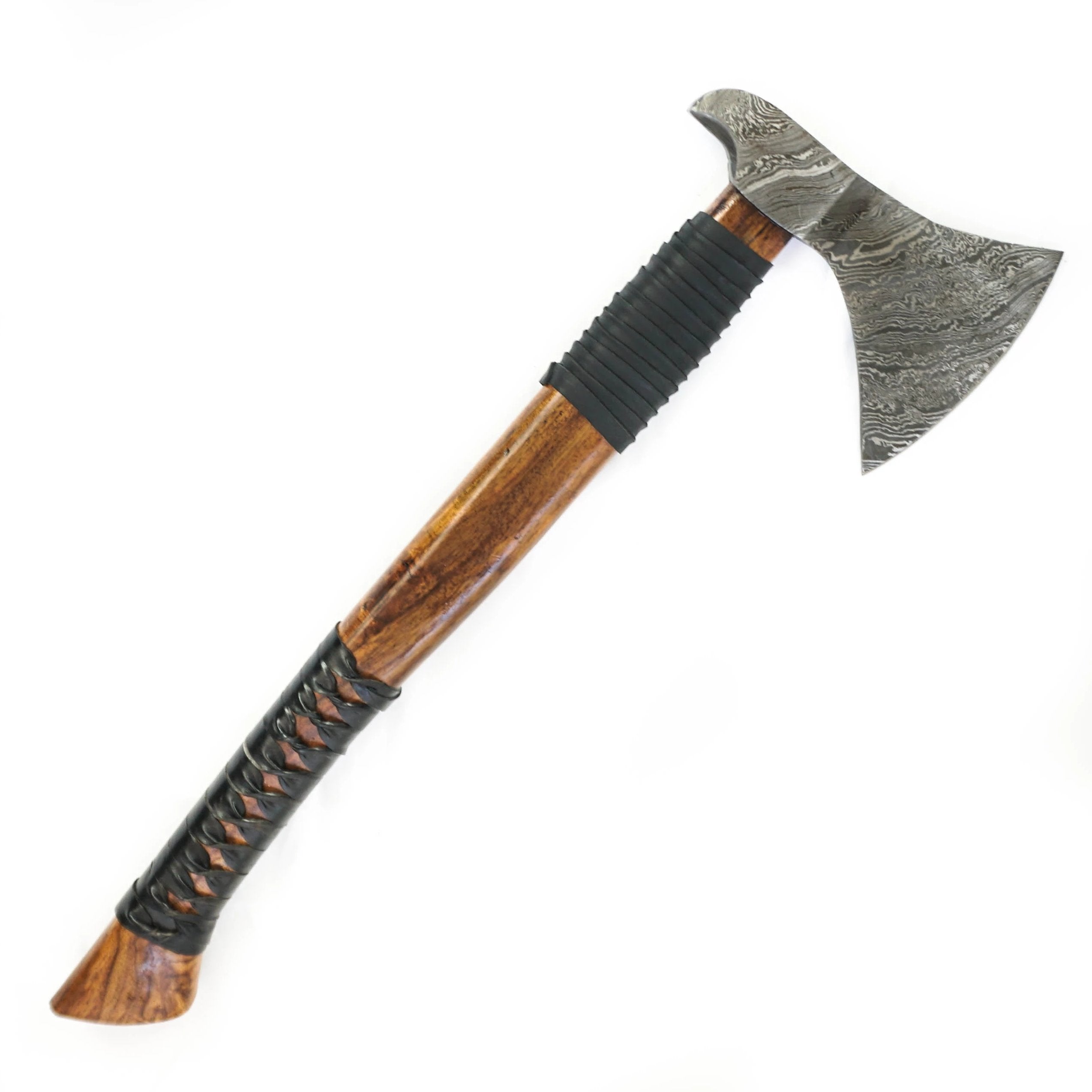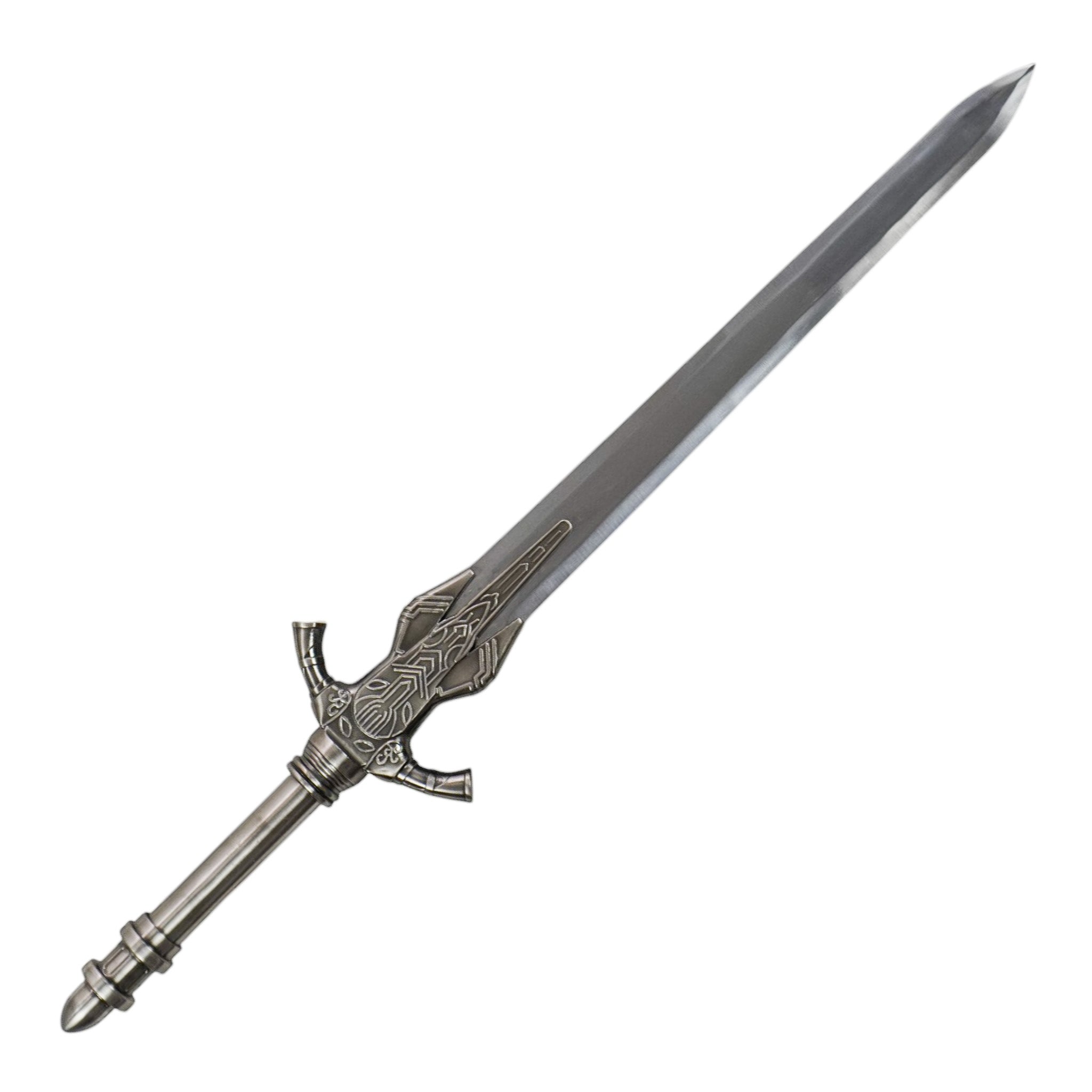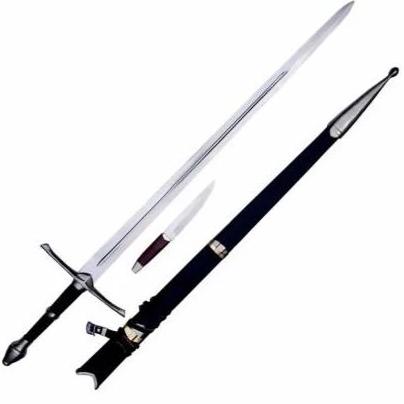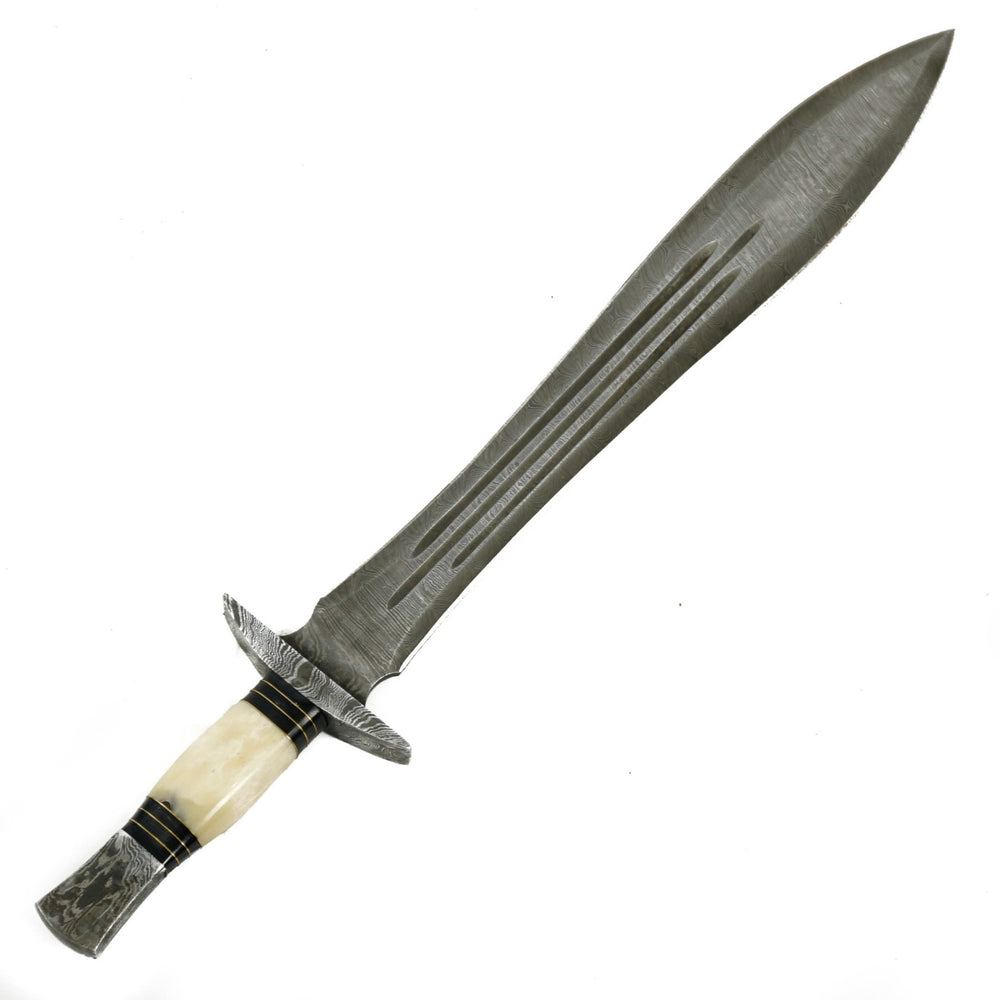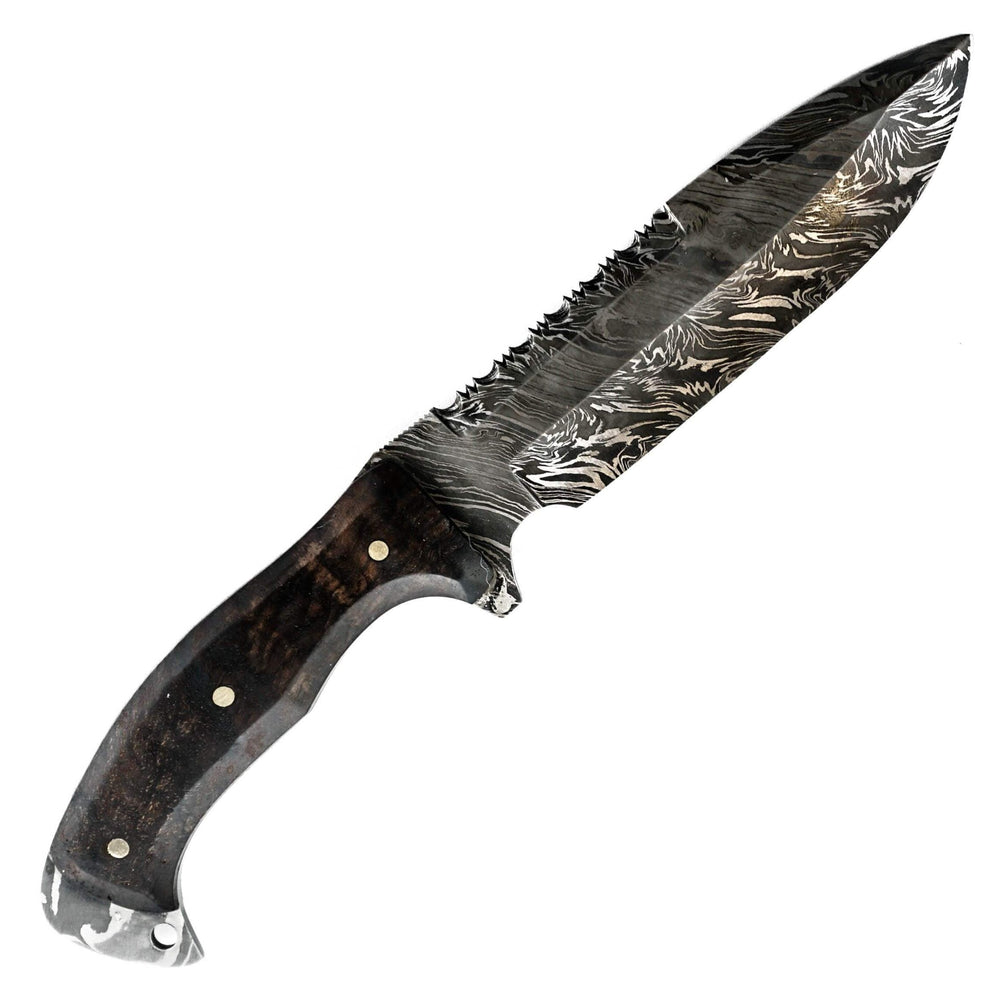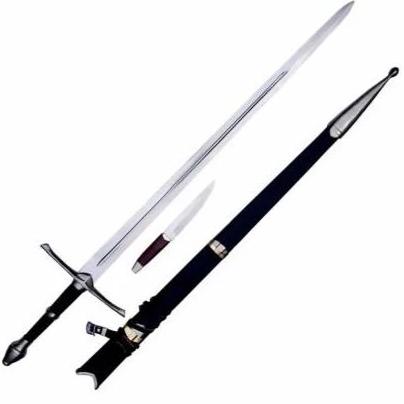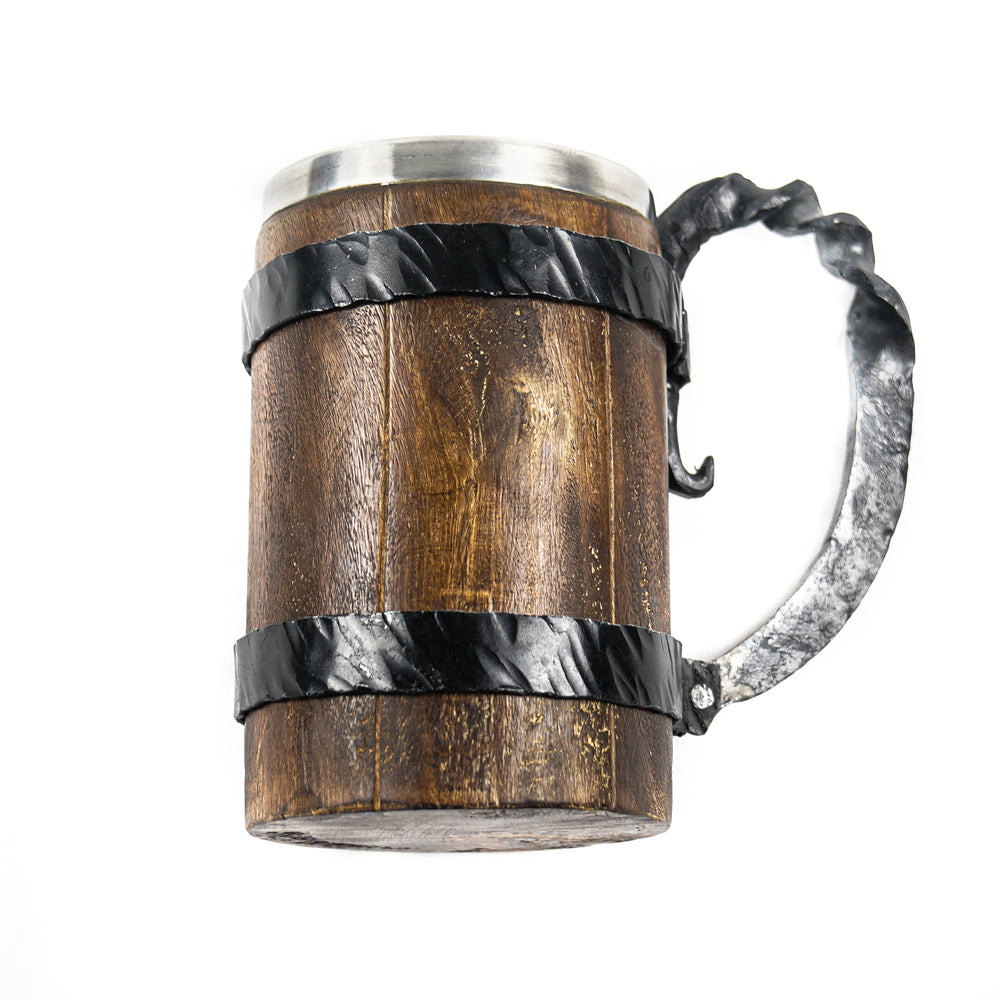Refined Elegance of the Sabre - Tracing its Historic Origins
The sabre's identity is etched into its distinctive curved blade, a design element that sets it apart from its sword counterparts. Its ample hand guard provides a secure protective shield for the wielder's knuckles and fingers. Interestingly, some sabres, particularly the more robust cavalry variants, flaunt straight or double-edged blades for thrusting rather than slicing. Sabres traditionally found their resting place in scabbards, suspended from a baldric or shoulder belt. Certain variants, like the Patton sabre adopted by the United States Army in 1913, were mounted on the cavalryman's saddle. The word 'sabre', originating from the French 'sabre', shares its linguistic roots with the Hungarian 'szablya', Polish 'szabla', and Russian 'сабля', all hailing from the Kipchak Turkic verb 'selebe', meaning 'to cut'. Let's embark on a journey to unravel the rich history, intricate design, and enduring appeal of the sabre across different civilizations.
Key Characteristics of the Sabre:
Despite its signature curved single-edged blade, the sabre's design has seen a fascinating evolution across time and geographies. Its defining features are:
Type of Metal:
The choice of metal has been influenced by cultural preferences and regional sword-making traditions. Islamic sword craftsmen commonly used wootz steel and Damascus steel blades, while Japanese masters favored tamahagane. The 17th-century European sabres often boasted Middle-Eastern imported blades. Renowned for its superior steel, the German city of Solingen held a prominent place in sword production till the early 18th century. Blade-makers from Solingen, Toledo, and Venice often collaborated with other cutlers for hilt creation.
Blade Appearance:
Sabres typically carry long blades, primed for impressive slashing. The European sabres often mirrored Eastern aesthetics in their curved blade designs. The British cavalry's Model 1796 sabre, inspired by the Indian talwar and the Hungarian hussar, became the epitome of cutting swords, distinguished by its wide blade end. The French, focusing more on thrusting and slashing, adopted narrower blades than their British counterparts. Post-1840s, the U.S. cavalry sabres predominantly followed French designs.
Size and Weight:
Ideal for cavalry forces due to their long blades, sabres offered extended reach for slashing attacks. While the typical blade length ranges between 60 and 80 centimeters (23 and 31 inches), variations do occur. Designed for battle, these swords are lightweight (2–4 pounds) and easy to maneuver.
Blade Holder:
Sabres stand out for their unique hilt designs and mountings, including standard sword guards and one- or two-handed grips. The sword guards display diverse shapes and configurations, spanning from rounded to shell, knuckle bow to basket. Eastern sabres often feature exquisite pommels and hilts, transforming into standalone works of art. The scabbards, made from wood in the East and steel lined with wood in Europe and America, are designed for convenient belt carry.
Backswords vs. Sabres:
The term 'sabre' denotes a curved, single-edged sword, tracing its etymology to the Polish and Hungarian 'szabla'. Primarily a slashing weapon for horseback riders, the sabre is technically a backsword. The backsword, however, with its straight blade and elaborate closed guard, implies a basket hilt, as seen on the Scottish basket-hilted sword, funerary swords, and schiavona. Easier to produce, the backsword became the preferred infantry sidearm, replacing the double-edged sword.
Historical Voyage of the Sabre:
Sabres first emerged in Central Asia before journeying to Europe, with the Turko-Mongol sabre significantly influencing curved blade evolution worldwide. While the military sabres gradually assumed more ceremonial roles, the fencing sabre made its mark in the sport in the 20th century.
Legacy of Traditional Turkic and Mongol Sabres:
Born in the Mongolian steppes, the Turkic and Mongol sabres shaped the course of sabre history. Known for their long, narrow, and subtly curved blades, these sabres feature an angled hilt, short quillons, and a pear-shaped pommel. The Turko-Mongol sabre inspired several sword designs, including the Turkish kilij, Arab saif, Persian shamshir, Indian talwar, and European sabre.
Their efficient use of mounted slashing attacks led the Mongol cavalry to conquer vast regions across China, Central Asia, the Middle East, India, and Eastern Europe in the early 13th century. Consequently, blades resembling the Turko-Mongol sabre became a common sight in these areas.
Sabres in the Napoleonic Wars (1801 – 1815):
The light cavalry swords in the late 18th century, during the French Revolution and Napoleonic Wars (1801–1815), evolved into sabres with curved blades, designed for cutting and slicing. While the light cavalry, composed of Hussars and chasseurs, wielded these sabres, the heavier cuirassiers resorted to long, straight swords and pistols. French foot troops often carried a sword called the briquet. By 1807, only certain officers were allowed to carry the Napoleonic infantry sabre.
Sabres in the American Civil War (1861 – 1865):
The American Civil War, mainly fought by foot soldiers from the Confederacy and the Union, saw limited use of sabres due to the U.S. Army's initial scepticism towards cavalry warfare. The most common military swords in service were the 1840 Heavy Cavalry Sabre and the 1860 Light Cavalry Sabre. They were more ceremonial than combat tools, with many Confederate soldiers opting for pistols, rifled muskets, and shotguns over sabres. The Union cavalry, armed with rifles and carbines, found carbines more effective than sabre charges in battles like Winchester.
The Sabre's Role in Dueling:
Dueling, a one-on-one combat style used to resolve disputes and matters of honor, often featured sabres alongside rapiers, smallswords, and long-range weapons like pistols, especially in the French Army.
In Conclusion:
The sabre, wielded by warriors ranging from samurai to Ottoman Turks, Cossacks, and Napoleon's troops, has been one of the most feared weapons in history. Notable sabres include the Japanese katana, Persian shamshir, Indian talwar, and the military sabres from the Napoleonic and American Civil Wars. In contemporary times, sabres have found resonance among HEMA practitioners, Olympic fencers, and sword collectors.

